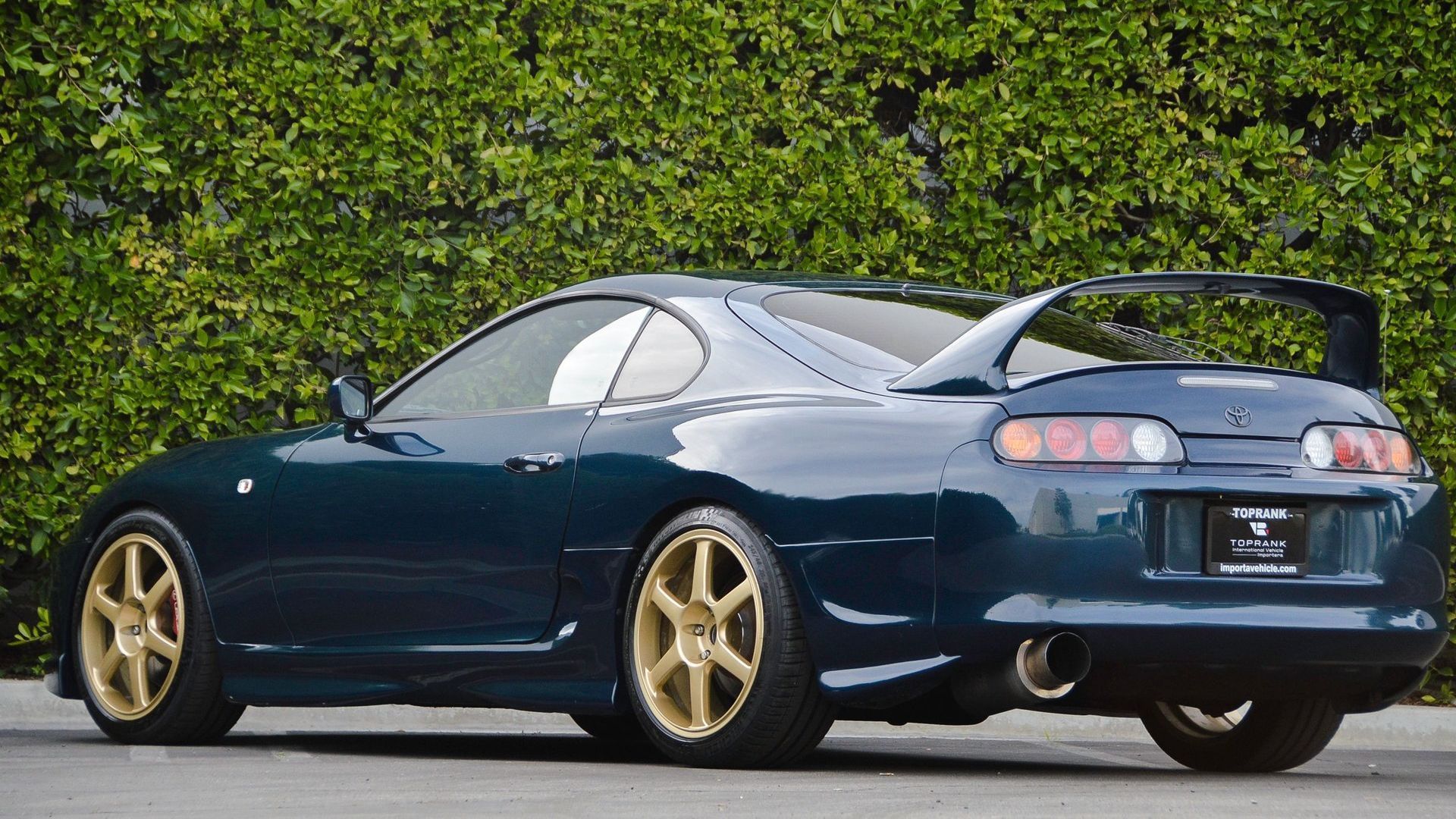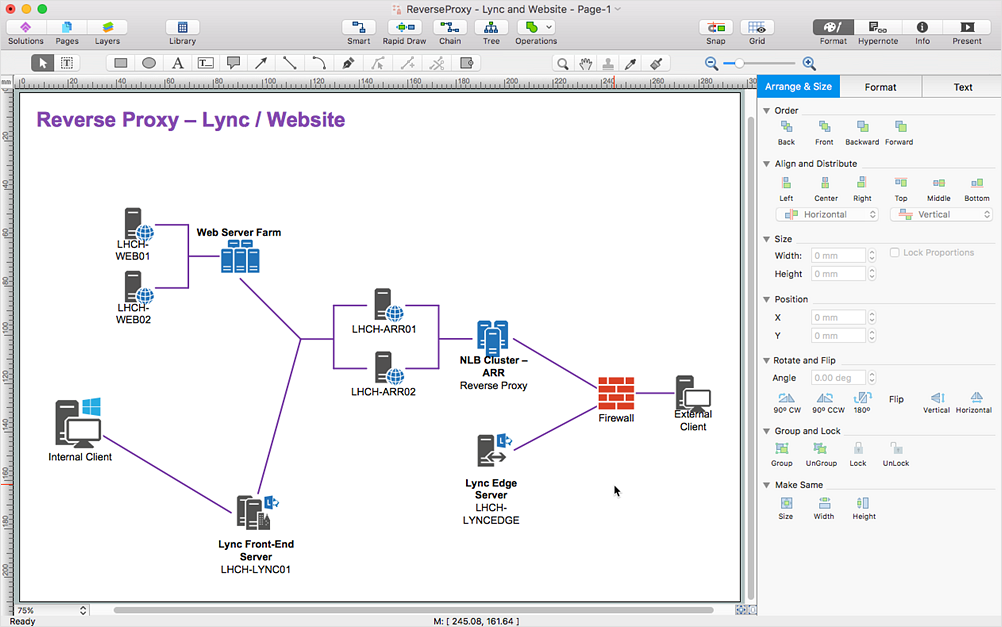Japan Direct Motors
About JDM Alliance JDM Alliance strives to provide the best possible buying experience for used JDM engines and auto parts. While others brag to you about how big they are, how low their prices are, or how high their quality is, we do things differently for you. JDM Alliance believes in showing you proof, instead of bragging about ourselves. About JDM ARIZONA INC. We are proud in the quality of the JDM products that are sourced directly from Japan. We are also known for the best customer service in the industry. JDM Buy & Sell is an online JDM imports marketplace & classifieds site for buyers and sellers in USA, Canada and Japan. Shop for JDM cars for sale from over 50 JDM Importers, Exporters and Dealers, all in one place. Juvenile dermatomyositis (JDM) is a kind of arthritis that happens in kids. It's a rare disease that causes inflammation and swelling of the muscles and blood vessels under the skin.It may also be. HOME VEHICLE INVENTORY JDM Sports NISSAN. Available-cars Honda Integra Type R (N.8421) Learn More. Available-cars SILEIGHTY for sale at JDM EXPO (N.8420) Learn More. Available-cars Nissan Skyline R33 for sale JDM.
Japan Direct Motors specializes in the sale of JDM right hand drive cars from Japan. Owned and operated by true automotive enthusiasts. Extensive experience in the classic and collectible car industry, as well as considerable experience importing RHD cars to the US. Headquartered in Irmo, South Carolina with offices in Japan where our vehicles are individually selected for importing.
We explore every possible source to find quality JDM right hand drive vehicles and other unique imports. We find the vehicles, setup the shipping, and handle all the import paperwork. We get a South Carolina dealer title for every vehicle which can be transferred to your state directly, like any other used car title. We take the worry and hassle out of buying a vehicle sourced outside of the US.
Make sure to browse our inventory of RHD cars for sale.

Financing available here: Apply Here

Overview
What is juvenile dermatomyositis (JDM)?
JDM is an autoimmune disease that affects muscle, skin and small blood vessels in children. The body's immune system attacks its own healthy muscle, skin and blood vessel tissues because it mistakenly sees them as invaders. The primary symptoms are muscle weakness and skin rashes due to inflammation from an overactive immune system.
How common is juvenile dermatomyositis (JDM)?
JDM is a rare autoimmune disease with approximately 2-4 children per one million children being diagnosed each year in the United States. The disease presents more commonly in girls than boys and usually occurs between the ages of 2 and 15.
Symptoms and Causes
What causes juvenile dermatomyositis (JDM)?
The cause of JDM is not known. Researchers believe it may be a result of the body’s abnormal immune system response to environmental triggers (eg, a virus) in children with a genetic predisposition to having an overactive immune system. Even after the trigger is gone, the immune system continues to fight and ends up attacking the body itself.
What are the symptoms of juvenile dermatomyositis (JDM)?

The main symptoms of juvenile dermatomyositis are muscle weakness and skin rashes. This is caused by inflammation in the small blood vessels (vasculitis) in skin and muscle and also by inflammation of the muscle cells. Other symptoms may include:
- Violet-color and dusky red rash: on face, eyelids, cheeks, chest wall, knees or back of elbows. (This may be mistaken for eczema.)
- Raised bumps on knuckes
- Gradual muscle weakness (often in the neck, shoulders, trunk, back or hips)
- Difficulty with everyday activities, such as climbing stairs, standing up, riding a bicycle, getting dressed, lifting the head
- Frequently falling down
- Weak voice (dysphonia)
- Difficulty swallowing (dysphagia)
- Sore and swollen joints
- Fatigue
- Severe abdominal pain (because of ulcers in the digestive system due to the vasculitis)
- Hardened lumps from deposits of calcium underneath the skin (calcinosis)
- Lung problems (because of inflammation and thickening of small airways in lungs)
Due to these symptoms, the child may not feel like participating in normal childhood activities. Sometimes the child may even be accused of being lazy.

Diagnosis and Tests
How is juvenile dermatomyositis (JDM) diagnosed?
Diagnosing JDM can be difficult because it is a relatively rare disease. In making a diagnosis, the doctor will gather information from the medical history, the physical examination and testing. Testing may include:
- Blood tests: To detect elevated muscle enzymes from inflamed muscle. Blood test can also check specific antibodies that contribute to muscle weakness, which will guide treatment, prognosis and determine the possibility of other organ involvement.
- Magnetic resonance imaging (MRI): This test uses magnetic waves and computer to produce images. MRI is used to detect subtle inflammation in muscle in early disease and identify the location of inflamed muscle.
- Muscle/skin biopsy: Minor surgery is done to remove a small piece of tissue to look at under the microscope. In dermatomyositis, inflammatory cells are seen surrounding and damaging the tiny blood vessels within the muscles or skin.
Management and Treatment
How is juvenile dermatomyositis (JDM) treated?
Treatment of JDM depends on how severe the disease is. The goals of treatment are to: control inflammation and prevent tissue damage; improve muscle strength; relieve pain; prevent other symptoms; and help the child and family live with the disease.
Some common medications include:
- Corticosteroids (such as prednisone) – These drugs are usually used first. They help slow the body’s autoimmune response, thus reducing inflammation and pain and leading to improvement in muscle strength. The dosage and duration of steroid is dependent on the severity of the disease. Steroids can be given intravenously (injected directly into the vein) or orally.
- Immunosuppressants(such as methotrexate, azathioprine, cyclosporine, tacrolimus or mycophenolate mofetil) – These drugs work by quieting the immune system so that it doesn’t overreact. They are used alone or along with corticosteroids.
- Intravenous immune globulin (IVIG) – IVIG also helps quiet the immune response, actually by blocking harmful antibodies that attack muscle and skin.
- Other medications – These include hydroxychloroquine, rituximab, and anti-TNF medications (etanercept, adalimumab, and infliximab.
What are the side effects of medications that treat juvenile dermatomyositis (JDM)?
The side effects of medications for JDM include the following:
Corticosteroids can cause weakened bones (osteoporosis), cataracts, upset stomach, weight gain, agitation, mood changes, and changes in blood sugar. For these reasons, corticosteroids are used only used when necessary, and the dosage is reduced gradually over time.
Immunosuppressants can cause nausea, fatigue, abdominal pain, and mild hair loss. Close monitoring is performed to prevent side effects to the kidney, liver, and blood counts. Immunosuppressants lower the body's immune system, increasing one's risk of getting an infection.
Intravenous immune globulin (IVIG) may have acute side effects such as backache, headache, and fever. Intravenous immune globulin is expensive and requires repeated doses every 3-4 weeks in general.
Hydroxychloroquine may interfere with color vision over a long period of usage (very rare). The child should visit an eye doctor yearly while taking this drug.
Biologic agents also increase one's risk of infection. The treatments are expensive and are not always covered by insurance.
Prevention
Can juvenile dermatomyositis (JDM) be prevented?
Jdm Cars

At this time, because the cause of JDM is unknown, there is no method to prevent development of the condition.
Outlook / Prognosis
What is the long-term outlook for patients with juvenile dermatomyositis (JDM)?
Jdm Meaning
Patients usually respond well to treatment. Gradual improvement over a few months is typical. Most patients recover completely (remission), meaning that they no longer show signs of active disease or flare-ups. Yet there is a group of patients for whom treatment may not be 100 percent effective.
Patients who remain with longer periods of active disease are at higher risk of complications, such as permanent muscle weakness and stiffness, calcinosis (hard nodule deposit under skin) or cardiopulmonary issues.
Jdm.org
Living With
What should I know if my child is living with juvenile dermatomyositis (JDM)?
Children with JDM should live life as normally as possible. They should attend school, play sports, and participate in extra-curricular and family activities. In general, there is no specific limitation regarding physical activity if the children want to do things, as long as the activity is safe. Exercise does not harm JDM. In fact, it helps prevent deconditioning, increases muscle strength and muscle endurance, and boosts energy.
UV light from the sun can trigger a disease flare, so your child should avoid sun exposure. Outdoor activity is possible, but your child needs to apply sunscreen diligently and wear protective clothing.
There is no special diet that has been shown to be effective for JDM, or a diet that makes it worse. Therefore, children with JDM should eat a standard well-balanced healthy diet.
Resources
Jdm Engine Depot
Is there is a support group for juvenile dermatomyostis (JDM)
Jdm Engines In Southern California
The Cure JM Foundation is a non-profit foundation that aims to increase awareness of juvenile myositis, offers resources for patients and families, and funds research. More information can be found at: http://www.curejm.org/index.php.

